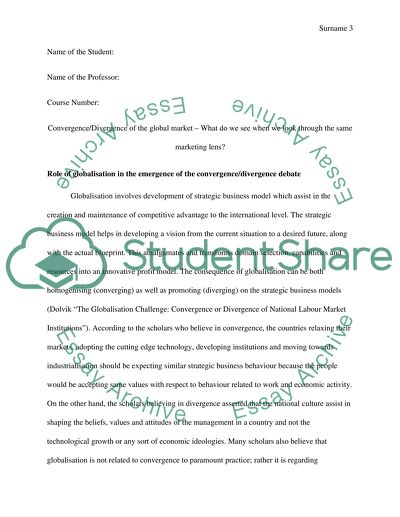Cite this document
(“Convergence/Divergence of the global market : What do we see when we Article”, n.d.)
Retrieved from https://studentshare.org/marketing/1498630-convergence-divergence-of-the-global-market-yt
Retrieved from https://studentshare.org/marketing/1498630-convergence-divergence-of-the-global-market-yt
(Convergence/Divergence of the Global Market : What Do We See When We Article)
https://studentshare.org/marketing/1498630-convergence-divergence-of-the-global-market-yt.
https://studentshare.org/marketing/1498630-convergence-divergence-of-the-global-market-yt.
“Convergence/Divergence of the Global Market : What Do We See When We Article”, n.d. https://studentshare.org/marketing/1498630-convergence-divergence-of-the-global-market-yt.


